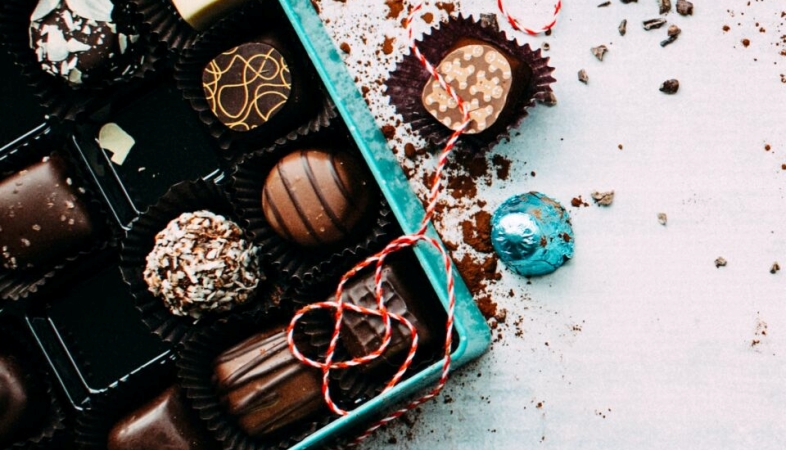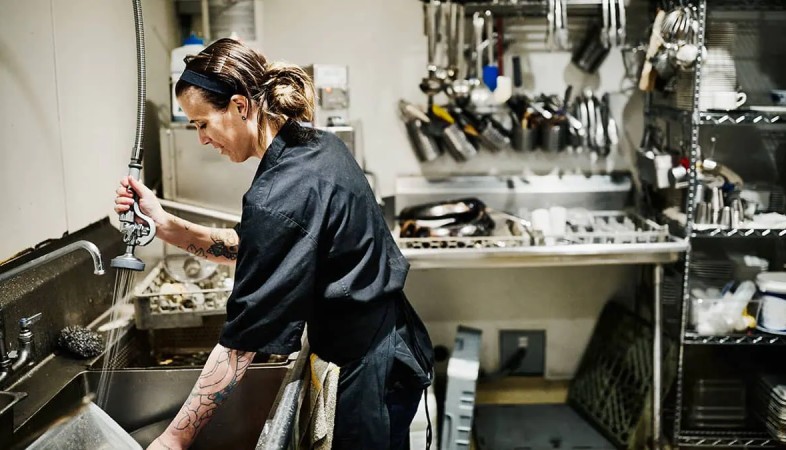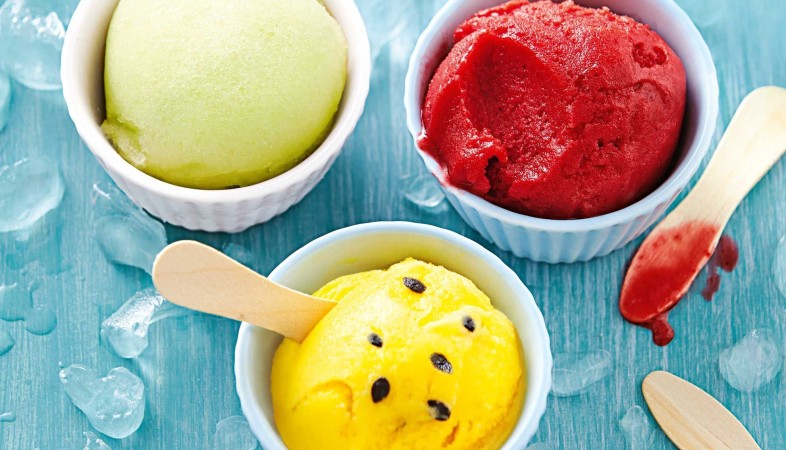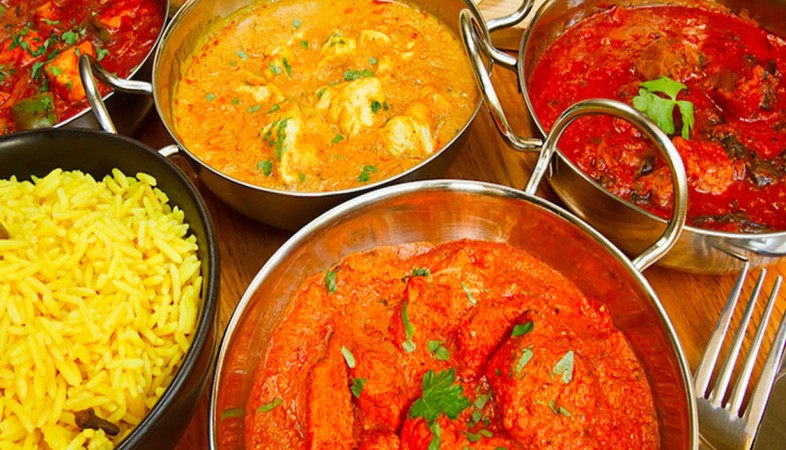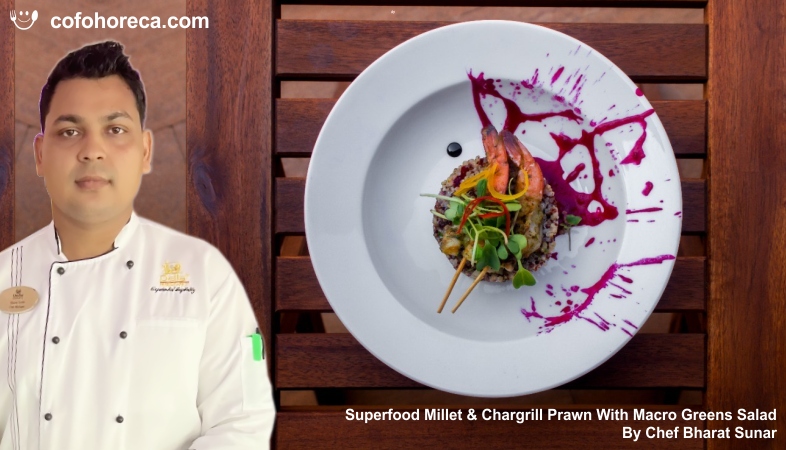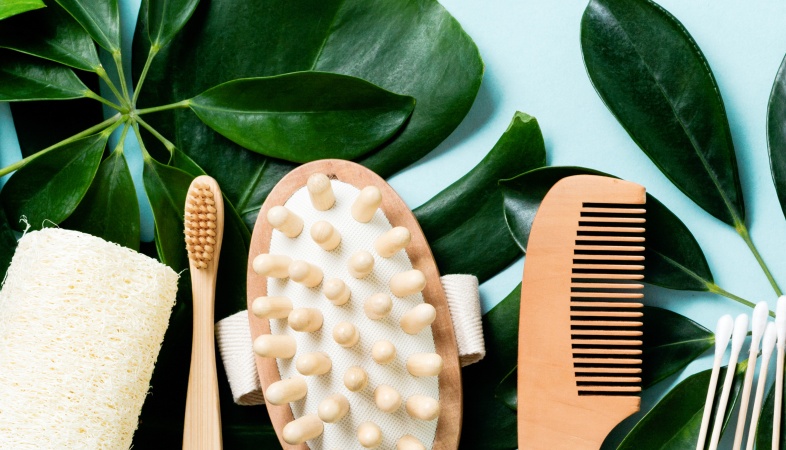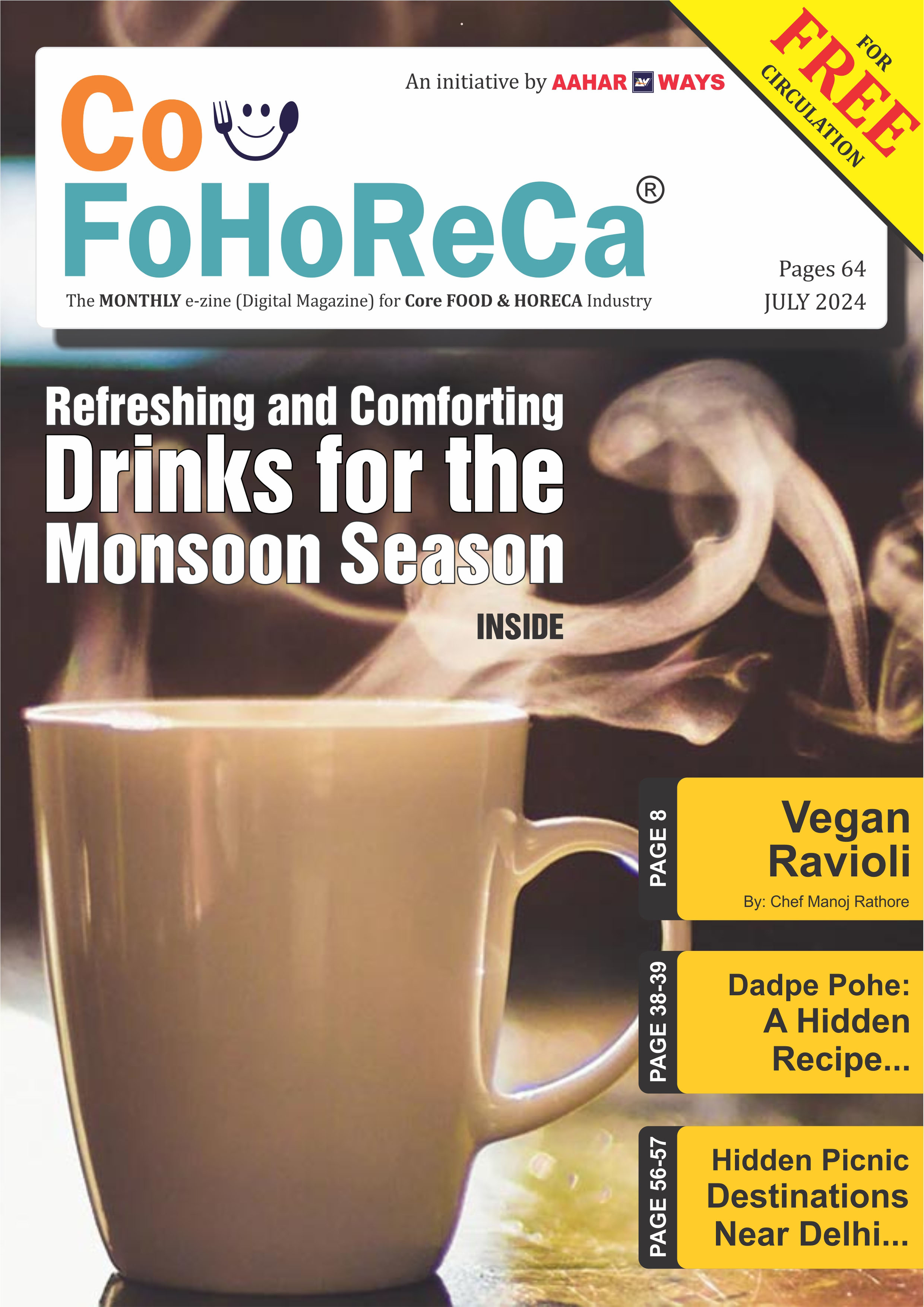Exploring Gluten-Free Baking: Tips, Tricks, and Alternative Flours for Delicious Gluten-Free Treats
With these tips, tricks, and alternative flours, you can embark on a delicious journey into the world of gluten-free baking.
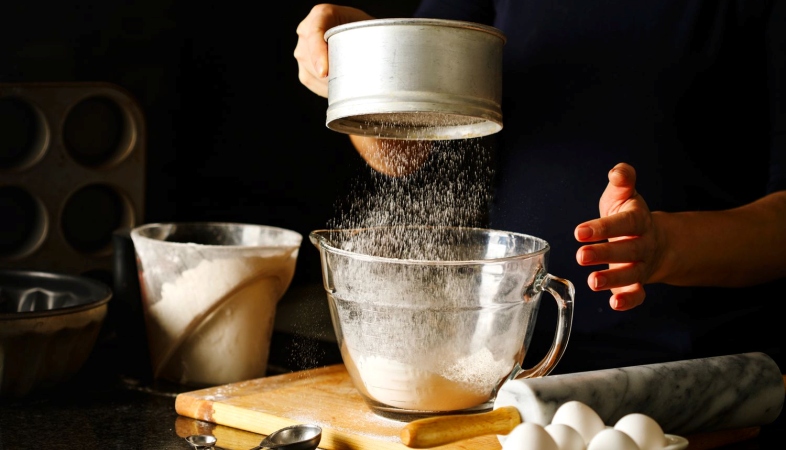
Gluten-free baking has become increasingly popular in recent
years, as more people seek alternatives to traditional wheat-based baked goods
due to gluten intolerance or dietary preferences. While gluten-free baking
presents its own set of challenges, with the right tips, tricks, and
alternative flours, it's possible to create delicious and satisfying treats
that everyone can enjoy. In this article, we'll explore the world of
gluten-free baking and uncover the secrets to success in creating mouthwatering
gluten-free treats.
Tip 1: Choose the Right Flour Blend
One of the most important factors in gluten-free baking is selecting the right flour blend. While traditional wheat flour contains gluten, which gives baked goods their structure and elasticity, gluten-free flours lack this protein and require additional ingredients to achieve similar results. There are many commercially available gluten-free flour blends on the market, which combine a variety of alternative flours such as rice flour, almond flour, tapioca flour, and potato starch. Experiment with different flour blends to find the combination that works best for your recipes and tastes.
Tip 2: Add Binders and Thickeners
Since gluten-free flours lack the binding and thickening properties of wheat flour, it's important to add additional binders and thickeners to help hold your baked goods together and provide structure. Common binders and thickeners used in gluten-free baking include xanthan gum, guar gum, psyllium husk powder, and flaxseed meal. These ingredients help to mimic the texture and elasticity of gluten, resulting in lighter, fluffier baked goods with a better crumb structure.
Tip 3: Use Eggs and Dairy
Eggs and dairy products such as milk, yogurt, and sour cream can also help improve the texture and flavor of gluten-free baked goods. Eggs act as a natural binder and provide moisture, while dairy products add richness and tenderness to your treats. If you're following a dairy-free diet, you can use non-dairy alternatives such as almond milk, coconut yogurt, or applesauce to achieve similar results.
Tip 4: Incorporate Nut and Seed Flours
Nut and seed flours, such as almond flour, coconut flour, and buckwheat flour, are excellent alternatives to traditional wheat flour in gluten-free baking. These flours add flavor, moisture, and nutrition to your baked goods, as well as a unique texture and richness. Experiment with different nut and seed flours to add depth and complexity to your recipes, and don't be afraid to mix and match for interesting flavor combinations.
Tip 5: Adjust Your Baking Techniques
Gluten-free batters and doughs often require different baking techniques than their traditional counterparts. Since gluten-free flours tend to absorb more moisture and bake faster than wheat flour, it's important to adjust your baking times and temperatures accordingly. Keep a close eye on your baked goods as they bake, and use a toothpick or cake tester to check for doneness. Additionally, be gentle when mixing and handling gluten-free batters and doughs to avoid overmixing, which can result in tough or gummy textures.
With these tips, tricks, and alternative flours, you can embark on a delicious journey into the world of gluten-free baking. Whether you're making cookies, cakes, bread, or pastries, experimenting with different ingredients and techniques will help you unlock the secrets to creating mouthwatering gluten-free treats that are sure to delight your taste buds. So roll up your sleeves, preheat your oven, and get ready to enjoy the wonderful world of gluten-free baking!
.png)



